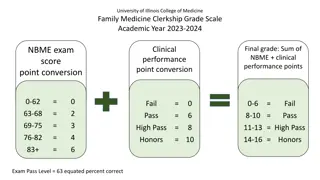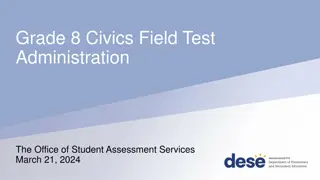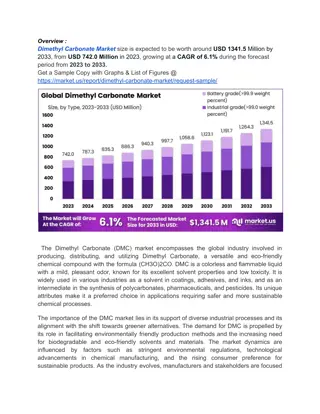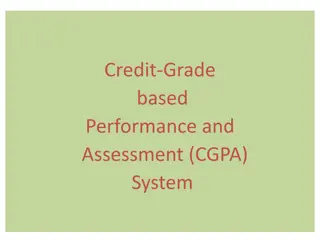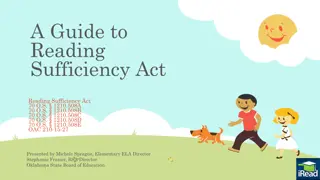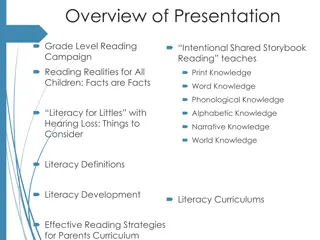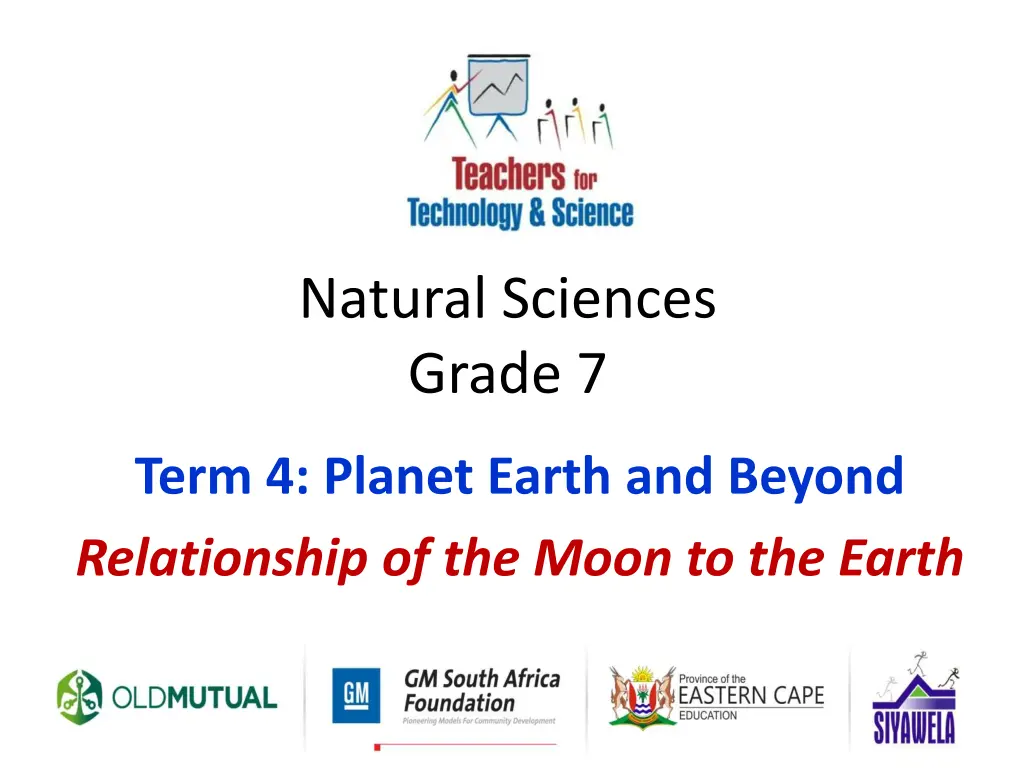
Understanding Tides: Earth-Moon Relationship
Explore the fascinating relationship between the Earth and the Moon, specifically how it influences the tides. Learn about high tides, low tides, spring tides, and neap tides, and discover the science behind these natural phenomena. Dive into the gravitational forces at play and how they create the rhythmic rise and fall of ocean levels. Enhance your knowledge of the Moon's phases and their impact on tides in this insightful exploration of Earth's oceans.
Download Presentation

Please find below an Image/Link to download the presentation.
The content on the website is provided AS IS for your information and personal use only. It may not be sold, licensed, or shared on other websites without obtaining consent from the author. If you encounter any issues during the download, it is possible that the publisher has removed the file from their server.
You are allowed to download the files provided on this website for personal or commercial use, subject to the condition that they are used lawfully. All files are the property of their respective owners.
The content on the website is provided AS IS for your information and personal use only. It may not be sold, licensed, or shared on other websites without obtaining consent from the author.
E N D
Presentation Transcript
Natural Sciences Grade 7 Term 4: Planet Earth and Beyond Relationship of the Moon to the Earth
Topic 2 Relationship of the Moon to the Earth Tides Natural Sciences - Grade 7
What are tides? Tides are the repeated rise and fall of the sea and ocean levels. It can be predicted. The influence of the gravitational force between the Earth and the Moon, as well as the Sun, causes tides. The coastlines show the influence very clearly and there are visible evidence. Natural Sciences - Grade 7
High tide The level of the sea rises higher against the seashore. High tide is experienced when the Moon is directly overhead on the opposite side of the Earth. It occurs every 12 hours and 25 minutes . The highest tides occur when the Moon is new and full. High tides sometimes occur either before or after the Moon is straight overhead. Natural Sciences - Grade 7
Low tide The tide is at its lowest level at a particular time and place. Natural Sciences - Grade 7
Two bulges during tides Natural Sciences - Grade 7
Spring tide The Moon s phase has an effect on the severity of the tides. The Earth, Moon and Sun are aligned around the New Moon and Full Moon phases. The Sun's gravitational pull adds to the Moon's gravity and it causes higher high tides and lower low tides. T These tides are called spring tides. Natural Sciences - Grade 7
Neap tide Neap tides occur during the first and third quarter phases of the Moon. During these periods, the Sun and Moon are at 90 angles, and the gravity of the Sun cancels out a portion of the moon's gravitational pull. Earth still experiences tides during these phases, because the Moon' s pull is stronger, but less extreme. During neap tides the high tides are lower than the high tides during spring tides. Natural Sciences - Grade 7
Neap tide The low neap tides are higher than the low spring tides. Low tides are less extreme when the Moon and Sun are at right angles (the neap tides). Natural Sciences - Grade 7



